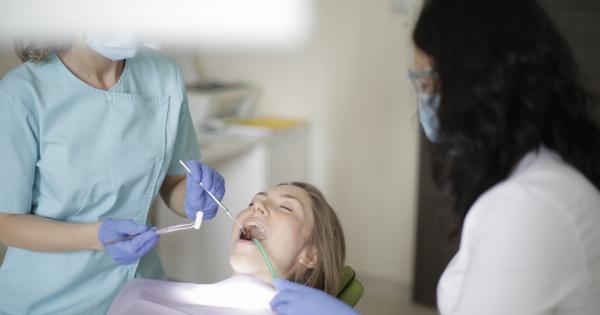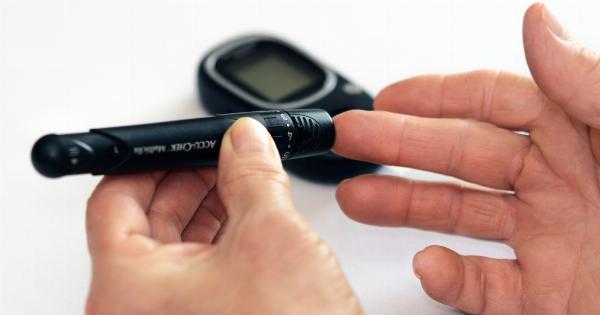Cardiovascular diseases, particularly heart attacks, have become a leading cause of death across the globe. According to the World Health Organization (WHO), over 17 million deaths occur annually due to heart-related ailments.
Out of this global death toll, nearly 72% of individuals live in low to middle-income countries that lack proper healthcare facilities. Advances in modern medicine have allowed for different surgical methods to be applied to treat and prevent the onset of heart disease. One such treatment is the subcutaneous defibrillator implantation.
What is subcutaneous defibrillator implantation?
A subcutaneous defibrillator implantation is a surgical procedure that involves inserting a defibrillator under the skin. It acts as an electrical device that helps to regulate an individual’s heartbeat, particularly known as the arrhythmic heartbeat.
This implant keeps the heart rhythm in check by constantly monitoring the heartbeat and delivering an electric shock if an abnormal pattern occurs.
Symptoms of arrhythmic heartbeat
An arrhythmic heartbeat is unpredictable, and its symptoms vary from person to person. Some of the most common symptoms are:.
- Shortness of breath
- Dizziness or feeling lightheaded
- Fainting or collapsing
- Anxiety or nervousness
- Chest pain or feeling palpitations
Who is an ideal candidate for a subcutaneous defibrillator implantation?
A subcutaneous defibrillator implantation may be an ideal treatment option for some patients who have experienced an arrhythmic heartbeat due to cardiac arrest or a heart attack.
A patient’s medical history, physical examination, and diagnosis determine if they are eligible for the surgery. Generally, candidates who qualify for a subcutaneous defibrillator implantation include:.
- Those who have had a history of heart attacks
- Those who have inherited genetic heart ailments
- Those who have survived a cardiac arrest
- Those who have experienced an arrhythmic heartbeat
- Those who may have other risk factors related to heart disease
Benefits of subcutaneous defibrillator implantation
Subcutaneous defibrillator implantation is a minimally invasive and secure method of treating various heart ailments. It offers numerous benefits, including:.
- Long-term protection against sudden cardiac arrest
- Increased ease of movement and flexibility compared to other defibrillators
- Reduction in complications such as infections, bleeding, and trauma
- Low maintenance, requiring only regular follow-up visits with your healthcare provider
- Improved mental health and peace of mind, knowing that the device is constantly monitoring your heart rate
The surgical procedure of subcutaneous defibrillator implantation
The subcutaneous defibrillator implantation is performed under local anesthesia, and the whole surgery takes a couple of hours. The following steps are involved in the surgical procedure:.
- The surgeon will make a small incision under your left armpit
- The defibrillator will be implanted under your skin to the left of your sternum
- Electrodes attached to the defibrillator will be threaded through one of your veins and into your heart
- The surgeon will carry out testing once the device is implanted, to ensure that it is both functioning correctly and responding according to the patient’s particular needs
Risks involved in the surgical procedure
Subcutaneous defibrillator implantation is a relatively safe procedure, but there are still some risks associated with the surgery. Some of these risks include:.
- Implant failure
- Bleeding or infection after surgery
- Post-operative pain or discomfort
- Device shifting or damage after implantation
- Allergic reactions to materials used in the device
Recovery and after-care
Recovery and after-care information such as wound care vary from patient to patient. But, some standard guidelines shall give an idea of what you should expect after the surgery:.
- Patients can expect to stay in the hospital for one to two days after the surgery is completed
- Patients are advised to avoid driving for 2-4 weeks following the surgery
- Patients are instructed not to lift anything heavier than ten pounds for one month following the surgery
- Patients shall follow up with their healthcare provider regularly to monitor how the device is functioning
Conclusion
In conclusion, a subcutaneous defibrillator implantation serves as a preventative measure against sudden cardiac arrest and other heart diseases. It is relatively safe and offers patients long-term protection against various heart-related ailments.
Many individuals who have experienced heart attacks, cardiac arrests, or inherited genetic heart conditions can benefit from this surgery. It is essential to consult with your healthcare provider to determine if you are an ideal candidate for a subcutaneous defibrillator implantation and to receive further advice on managing your heart condition.




























